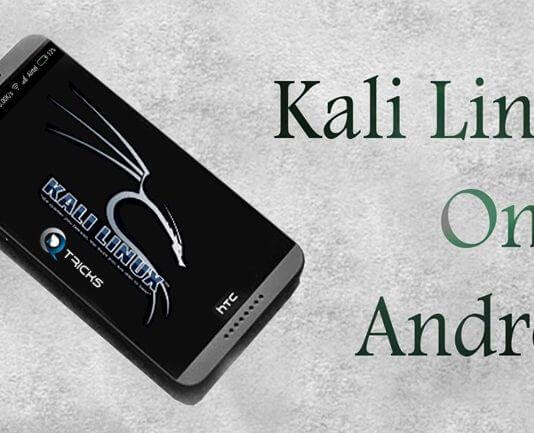

In our case, we are using the 10.10.10.74 ESXi host.Ĥ. Select the destination ESXi host on which a VMware Android VM must be run. Select a datacenter and a VM folder in vCenter as a location for the VM.ģ. Enter a name for the new virtual machine, for example, Test-Android. Click Next to continue to the next step.Ģ. The New Virtual Machine wizard is opened.ġ. Go to Hosts and Clusters in VMware vSphere Client, select the necessary ESXi host (10.10.10.74 in this case), click Actions and in the displayed menu, hit New Virtual Machine. In this example, the android-x86_ file is uploaded to the SSD2 datastore that is connected to the ESXi host whose IP address is 10.10.10.74. Open VMware vSphere Client in a web browser, go to Storage, select a datastore connected to the ESXi host on which you plan to install the VMware Android VM, select the Files tab, and upload the installation ISO image to the selected datastore (click Upload Files and select the needed file). You can also see all available images for different architectures on the official web site of the Android project. While the ARM and ARM64 architecture is used on most smartphones and tablets, the image applied in this example is ready for devices using the x86-64 architecture. In this example, we are using the 64-bit version of Android Oreo (the third release).

Download the Android Installerįirst, download the Android installation image. If you need to install Android on VMware Workstation to use a VM on a personal computer, you can use the algorithm explained in this blog post since it is nearly the same for both VMware ESXi and VMware Workstation.

You can create an Android VMware VM on a standalone ESXi host without vCenter. You can read how to install ESXi, configure ESXi and deploy vCenter in our blog posts, including the blog post about VMware home lab. With just a few clicks, you can download the full-featured Free Trial of NAKIVO Backup & Replication to experience fast, reliable, and powerful data protection in your environment! Prepare Your EnvironmentĪndroid 8.1 and VMware ESXi 6.5 managed by vCenter 6.5 will be explored in today’s blog post.


 0 kommentar(er)
0 kommentar(er)
